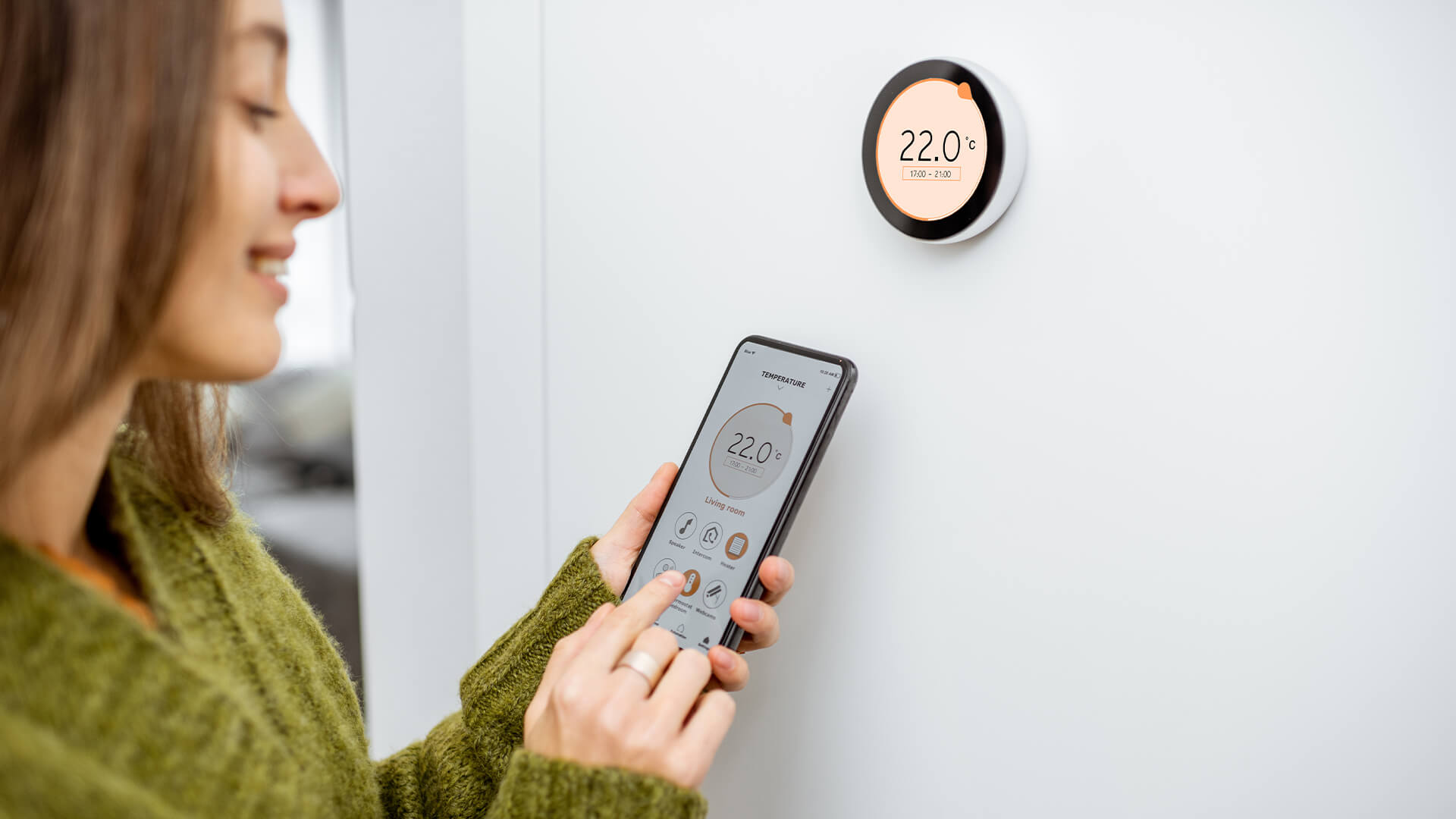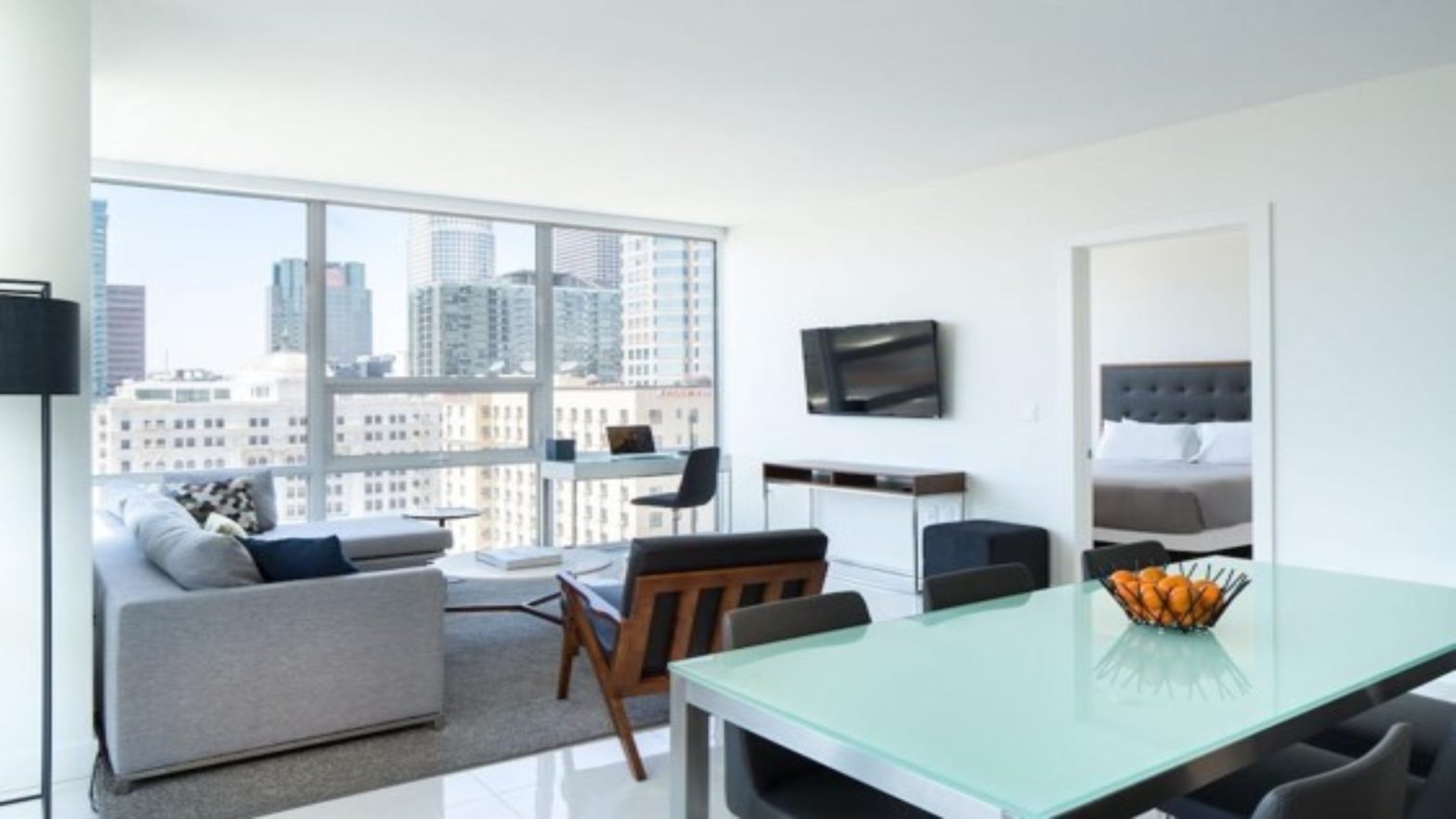Typically, your home’s HVAC (heating, ventilation, and air conditioning) system is responsible for providing thermal comfort and indoor air quality. However, there are instances in which it can’t simply keep up. This means you may have to stay out of your room because it’s too cold during the winter months, or you have to wake up every now and then because it’s too hot. Luckily, there are ways that can help improve this situation.
Keep reading this article to learn more about the seven tips for regulating your home’s indoor temperature properly.
1. Be Sure You Have The Right HVAC Unit Size And Understand How The System Works
One of the best ways to regulate the temperature in your house is to ensure you get the right size of HVAC unit. Generally, having the right HVAC system can help heating and cooling of your place much easier. But, if you have the wrong size, you may be unable to manage your home’s temperature properly. There may be areas where it’s hotter or colder than the others. So, if you want to ensure the indoor air quality of your home, be sure to buy the appropriate HVAC unit. Doing so can keep you and your family comfortable at all times.
In addition, it’s also best if you understand your HVAC system thoroughly and how it can help strike the proper temperature balance throughout your home. As such, you should pay attention to things like SEER rating. To have a better understanding about this, you may consider working with a reliable contractor, and to find the right one, online resources like My Trusted Contractor can be of help.
2. Check The Air Vents
It’s also essential to inspect the air vents on a regular basis so you can regulate your home’s indoor temperature. By checking them, you’ll know if they’re blocked, thereby changing the way air flows around your place.
For instance, blocked vents will let the air flow to the largest area in your home, which is usually the living room. However, this situation can be a cause of concern if you want the airflow to be distributed equally throughout your place.
Because of this, don’t hesitate to take a look at your vents and make the necessary investments if necessary. If they’re totally blocked, you may consider vacuuming the vents or rearranging some pieces of furniture to ensure nothing blocks them.
3. Get Your Home Re-Insulated
Another way to manage the temperature in your home is to improve your insulation. When your place isn’t properly insulated, it becomes much more difficult to heat and cool. For that reason, it’s a good idea to get it re-insulated as early as you can.
On the other hand, you should also take note that depending on the extent of the project, it can become very costly. But, as long as you replace all the insulation in your home little by little, you can make the regulation of your home’s temperature much easier, thereby giving you and your family utmost comfort.
4. Inspect And Clean The Air Ducts
When there are leaks in your air ducts, air will not reach all the rooms. Moreover, these leaks will also force your furnace to work double-time to ensure it delivers warm air even to the furthest parts of the house.
To avoid this, you should check and clean the air ducts regularly and replace your air filter if necessary. By doing these, you can prevent the debris and dust from damaging your air ducts and get the most out of a regulated indoor temperature.
5. Seal Your Doors And Windows Properly
Sometimes, your doors and windows can contribute to the fluctuating indoor temperature in your home. This is especially true if their sealants have started to deteriorate, thereby producing gaps that make the temperature unstable.
Hence, if you want to properly regulate the airflow and temperature inside your home, then get your doors and windows sealed properly. That way, you can keep your home comfortable even during harsh weather conditions.
6. Use Some Window Treatments
If you’re looking for an easy way to get your home’s temperature regulated, then using some window treatments, such as blinds, drapes, or shutters, may be a good option. For example, having window shutters or blinds can help control the temperature of the rooms as long as you keep them closed. During summer months, you can put dark and heavy drapes to make your spaces cooler and retain the comfortable temperature level in there.
However, if you want better results, make sure to choose a window treatment that can help control the indoor temperature in your home effectively.
7. Invest In A Smart Thermostat
In most cases, people tend to turn off their thermostat before leaving their homes. Besides, if they’re not at home, they don’t need the place to be as comfortable as it should be when they stay there all day. Unfortunately, as they return, it may take a few hours to before they can make the whole place feel comfortable again.
Because of this, it’s also a great idea to use a smart thermostat. When you operate it correctly, you can make sure your house has the perfect temperature even after you arrive from work. Typically, a smart thermostat can be beneficial for scheduling the automatic temperature changes all day and for controlling your furnace wherever you are.
Wrapping Up
These are the common tips you can keep in mind when regulating your home’s temperature. By following what has been mentioned above, you can make a huge difference in your home’s temperature level, indoor air quality, and overall comfort. Consequently, you don’t need to wake up each night complaining about the hotness or coldness of your place.





























